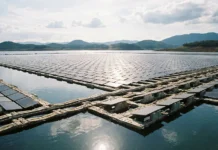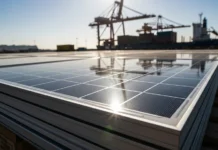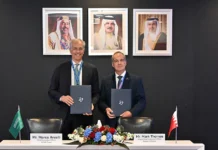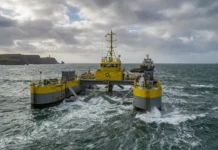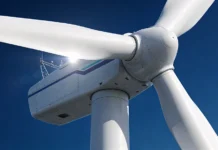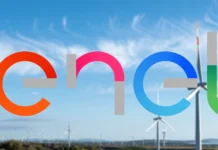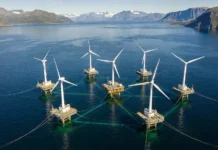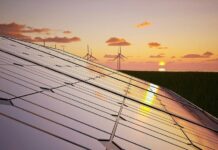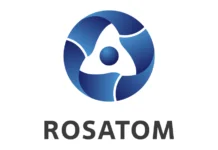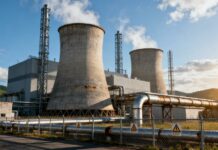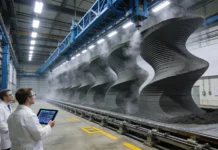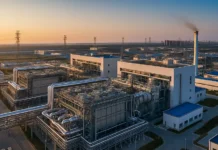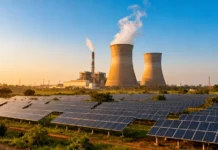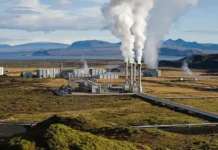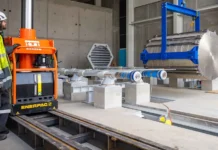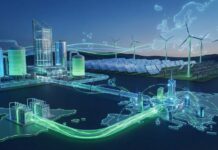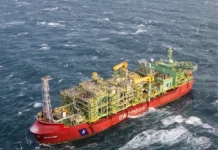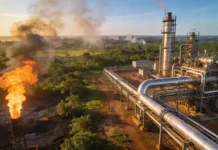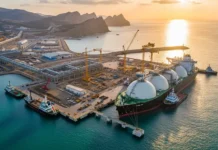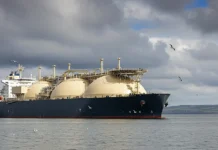Global diversified energy major Siemens has unveiled two wind turbine technology research and development (R&D) centers in Denmark.
The R&D centers boast of indoor testing facility space of 27,000m2; with the Brande facility enabled to test stands for major components of its wind turbines, including generators, main bearings and complete nacelles.
Aalborg center, meanwhile, features seven blade test stands performing full scale tests of rotor blades besides catering to the world’s largest blade in operation with a length of 75 meters.
Siemens Energy wind power division CEO Felix Ferlemann remarked that the extensive tests on all of its major components of a wind turbine, the company expects to significantly reduce the risk of technical issues in the field.
“Our investments in testing today will result in savings for our customers tomorrow,” noted Ferlemann.
The nacelle test stands in Brande facility can test Siemens’ D6 direct drive platform with a 6MW rated capacity as well as even larger turbines.
Siemens can also perform Highly Accelerated Lifetime Tests (HALT) on all major components of its direct drive and geared wind turbine platforms at both of its centers.
“In HALT tests, we compress the biggest loads over a short time, as they affect the turbine the most,” explained Ferlemann.
┬Ā



